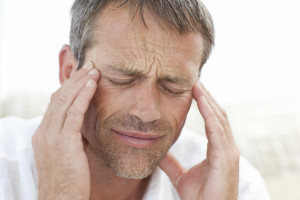Post-Concussion Symptoms
If you have persistent symptoms after a head injury lasting over three months, your physician may diagnose you as having Post-Concussion Syndrome. Some the indications that might lead you to your doctor’s office are: dizziness, insomnia, fatigue, irritability- or just not feeling normal. If you have hit your head, make sure that you get checked out because the effects can last a very long time if left untreated.
If a concussion is your diagnosis, you may want to research and interview Craniosacral Therapists to help you recover. Personally, in my Cranosacral Therapy practice, I have worked with clients who have experienced headaches, memory issues, nausea, cognitive impairments and a sense of disorientation, along with other day to day challenges. In a matter of just a few sessions, clients begin to see improvements. The quality of their lives gradually change for the best.
When clients come in with a concussion diagnosis, a Craniosacral Therapist (CST) will interview the client and evaluate the whole body. They will ask that their clients come at least 10 days after the injury before treating with hands on. This gives the client’s body time to rest which is very important. Once in the office and on the table, the CST will listen at different stations to determine how the work should move to support more optimal functioning. Often a client may think that the session should be spent on the head for most of the time, but that has not been my finding. Because the client has usually experienced a fall or been hit with some type of traumatic influence, the rest of the body can be pulling some of the tension throughout the whole craniosacral system. So it is necessary to address the symptoms as a whole body issue. It’s important to help the cerebral spinal fluid to flow and work properly along the spine and within the brain. An example might be if someone is knocked off their feet, it may be important to balance the feet, the pelvis, especially the sacrum first, to ready the body for the work to the cranium. When everything is functioning better below the head, it enhances the work around the brain. Structural restrictions release more easily and fall back into order.
What is so great about Craniosacral Therapy is that the touch is so light, yet because of its ability to work to release fascial adhesions, and to engage the Craniosacral System to support the Central Nervous System, it can boost and restore with minimal discomfort if any at all. Most clients get off the table deeply relaxed and feeling integrated in a whole new way.
There has been a recent growing attention to Concussions lately, especially with children in sports. If you or someone you know has received a blow to the head, make sure that he/she gets into see their physician. It’s best to catch and treat concussions early on. An integrative approach, including Craniosacral Therapy, may help you to feel healthier, clearer, energized and more on target.
For further information: Craniosacral Therapy Research for Concussions
Sharon Hartnett CST, SI, LMT
703 509-1792
www.craniosacraltherapistcolumbus.com


Good post! Thankyou for writing it. Good information for clients to know.